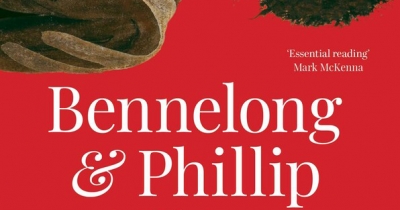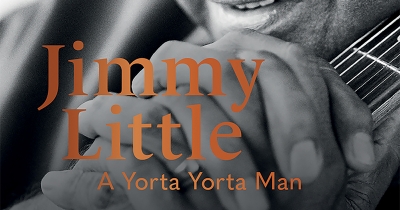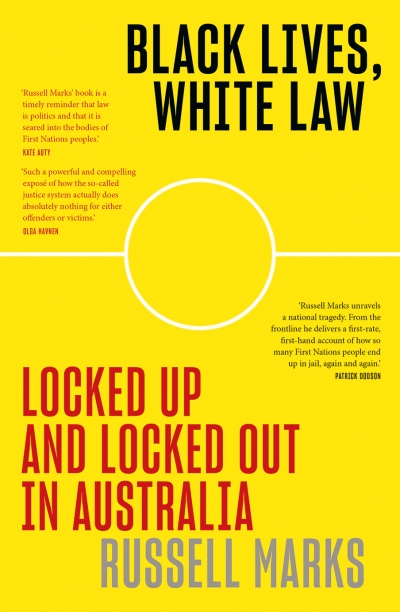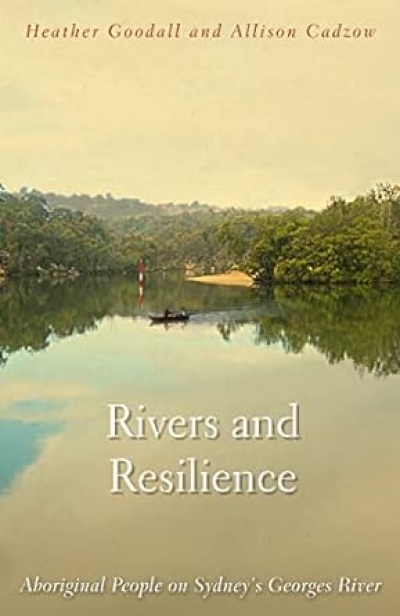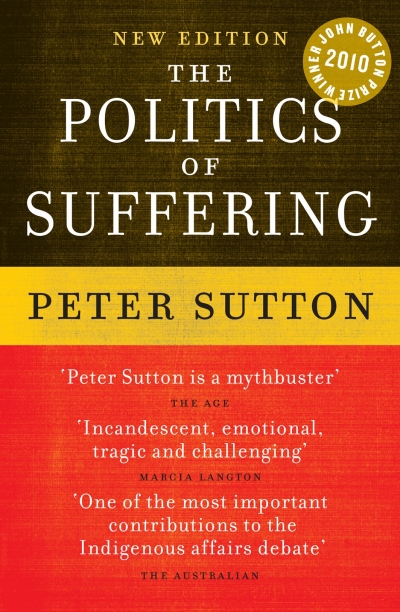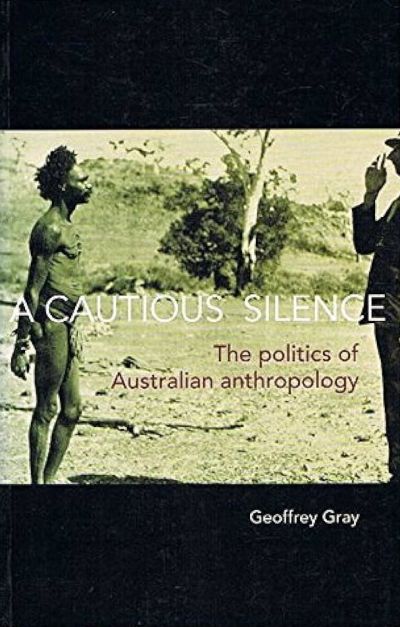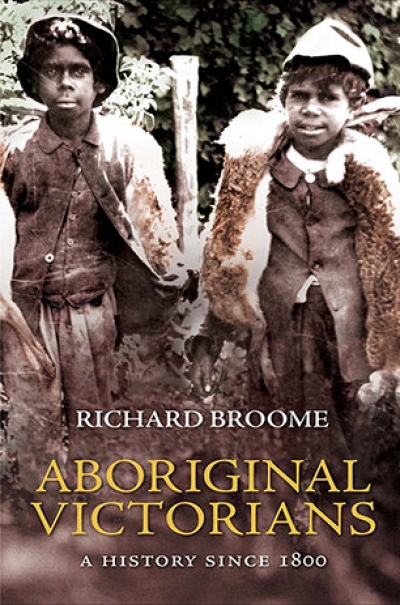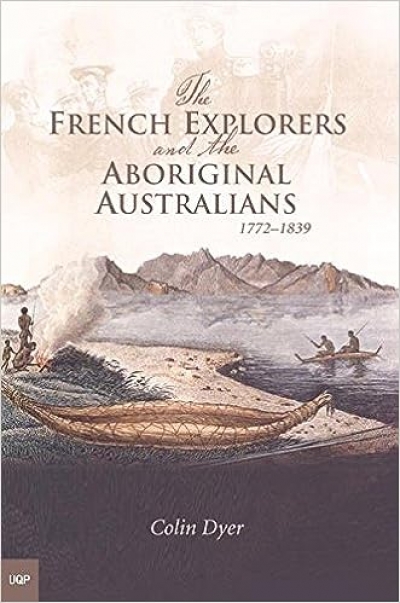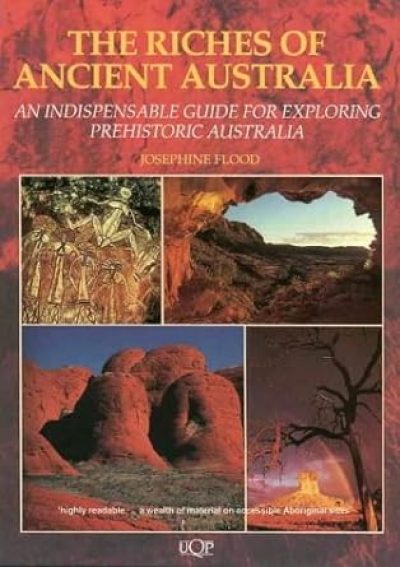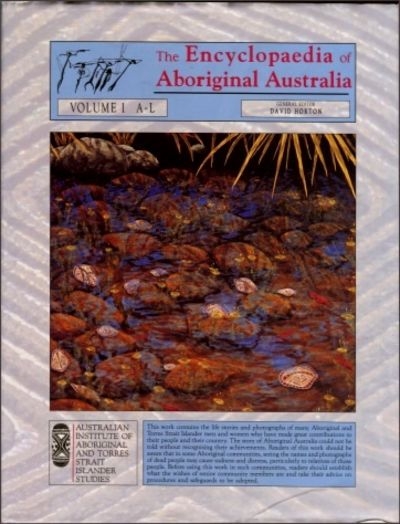Indigenous Australians
Bennelong & Phillip: A history unravelled by Kate Fullagar
by Emma Dortins •
Black Lives, White Law: Locked up and locked out in Australia by Russell Marks
by David Kearns •
Rivers and Resilience: Aboriginal People On Sydney’s Georges River by Heather Goodall and Allison Cadzow
by Michael Cathcart •
The Politics of Suffering: Indigenous Australia and the end of the liberal consensus by Peter Sutton
by David Trigger •
A Cautious Silence: The politics of Australian anthropology by Geoffrey Gray
by Francesca Merlan •
Aboriginal Victorians: A history since 1800 by Richard Broome
by Ann McGrath •
The French explorers and the Aboriginal Australians 1772–1839 by Colin Dyer
by Vesna Drapac •
The Riches of Ancient Australia: An indispensable guide for exploring prehistoric Australia by Josephine Flood
by Mike Smith •
The Encyclopedia of Aboriginal Australia edited by David Horton
by Peter Read •

